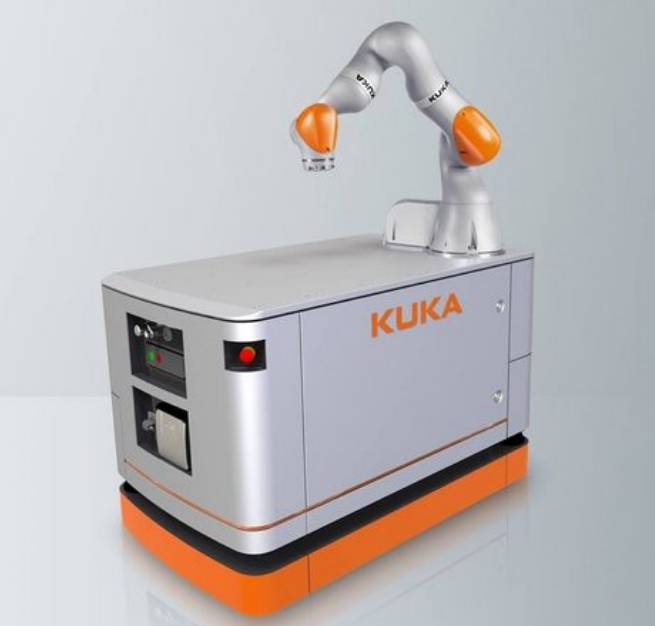Welcome to Sino Bearings web
24x7 HOTLINE:+86-28-81454188

 NEWS
NEWS
KUKA KMR mobile robot.
At Automate 2022, attendees will have the opportunity to experience how complete, end-to-end automation solutions from KUKA Robotics can help them exceed their production goals. In Booth #1823 at Huntington Place in Detroit, MI – near the company’s North American headquarters – KUKA will spotlight a multi-robot cell targeting the Fast-Moving Consumer Goods (FMCG) industry, a bolt-picking cell, palletizing/depalletizing cell, automation software and simulation technology and robots performing bin picking and friction stir welding (FSW).
From receiving raw material and sorting to packing and distributing the finished goods, the FMCG demonstration will showcase three different KUKA robots and advanced vision software, such as KUKA.VisionTech, working together to show attendees from the FMCG industry sector an example of end-to-end automation relevant for their production facilities. The cell features the new KR 3 DELTA robot, a KR 6 SCARA, a KR 6 AGILUS and KMR mobile robot with an LBR iiwa.
The KR DELTA hygienic robot, which is rated IP 67 and constructed entirely of stainless steel, performs challenging high-speed pick-and-place applications in the food and packaging industries. KUKA’s KR SCARA ultra-compact robot provides fast and efficient operation for practically any FMCG-related task. Perfect for small automation cells, the KR 6 AGILUS combines an ultra-compact, interference-free design, while the KMR mobile unit carries a light-weight robot for a location-independent and highly flexible automation solution.
Showcasing vision technology and robot accuracy in challenging applications, KUKA System’s automated bolt-picking system will show how the company has accomplished the impossible automation task of precision bin picking of bolts for automotive assembly tasks. The production proven system uses a Keyence 3D vision system to identify which parts to pick and calculate the optimal robot motion paths that eliminate collisions between the robot and its surroundings as it approaches and picks the parts. The system outperforms traditional bowl feeding systems, providing increased uptime and availability required in high throughput automotive applications.
In another demonstration of machine vision technology, a palletizing/depalletizing cell will feature the results of the company’s work with Roboception GmbH, a pioneer of 3D sensor technology interfacing with KUKA’s robot controller. Roboception developed a cost-effective 3D vision system that applies artificial intelligence (AI) and can quickly identify box locations for the next pick action to be completed by the KR Iontech robots.
Visitors to the KUKA booth at Automate will also have two opportunities to directly interact with the company’s automation technologies. KUKA’s ready2_pilot intuitive controller package will allow visitors to actually “teach” a robot through manual guidance as an alternative to conventional programming, while the company’s smart simulation software, KUKA.Sim, will provide them with a virtually interactive experience through a virtual reality (VR) headset. KUKA.Sim provides efficient offline robot programming for optimizing both systems and robots outside of an actual production environment.
Automate attendees will also see KUKA’s robotic friction stir welding (FSW) process as part of a live demonstration welding aluminum parts to manufacture an assembly. The cell will consist of multiple robots. One robot will pick parts from bins and place them into a fixture using both Roboception and Sick PLB 3D vision technologies, and a second robot will perform FSW. The FSW process applies to many applications, including the production of Electric Vehicle (EV) battery trays. For this process, KUKA has engineered its cost-effective KUKA cell4_FSW modules to provide up to 95% more process efficiency and maximize the available configuration options for manufacturers.
Used for both 2D and 3D welding tasks, the modules are scalable and accommodate either one or two 6-axis robots. Shops can arrange several workpiece clamping tools in the working area of the cell so that robots can work simultaneously on larger components if needed.